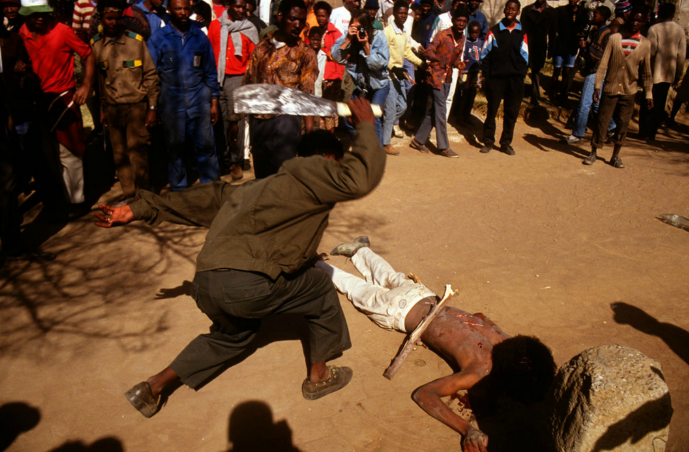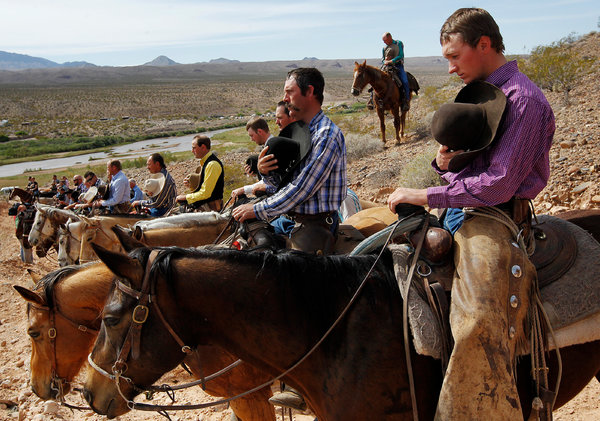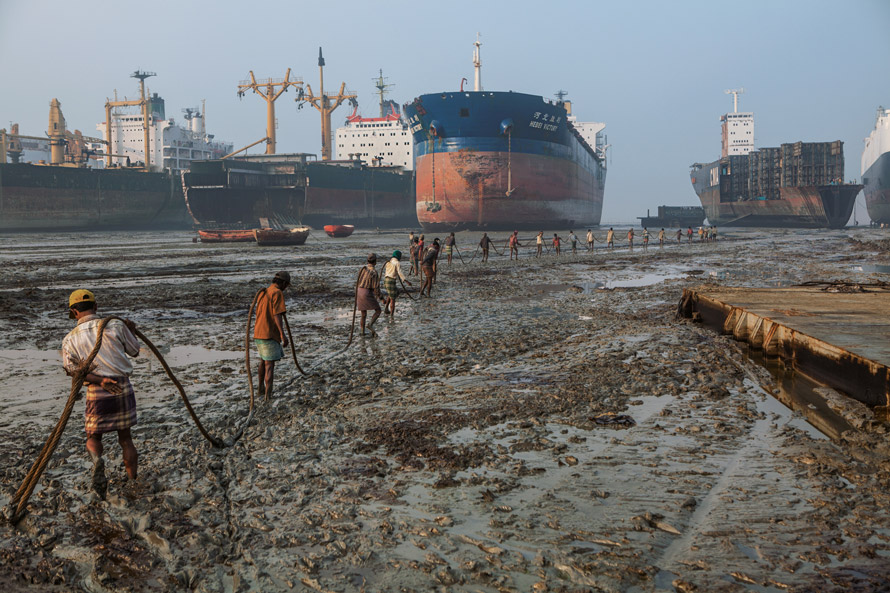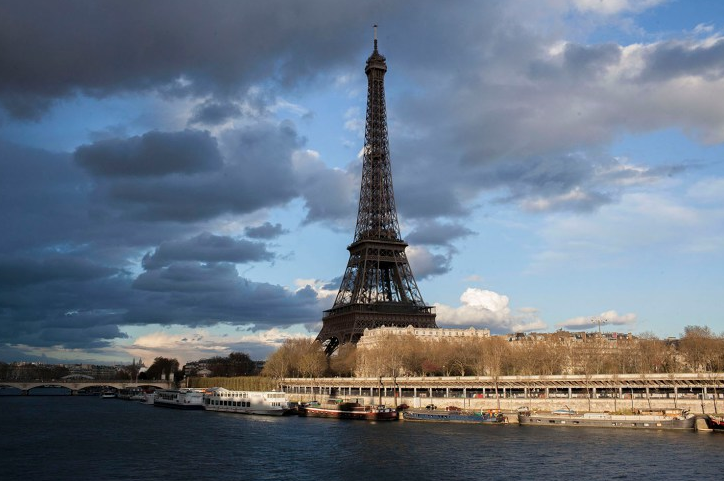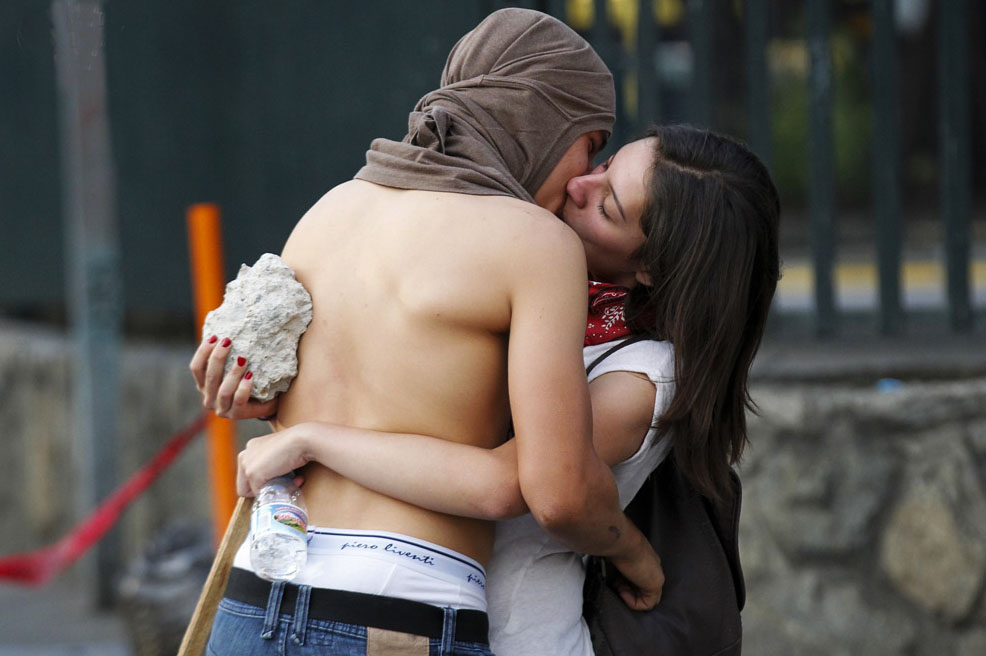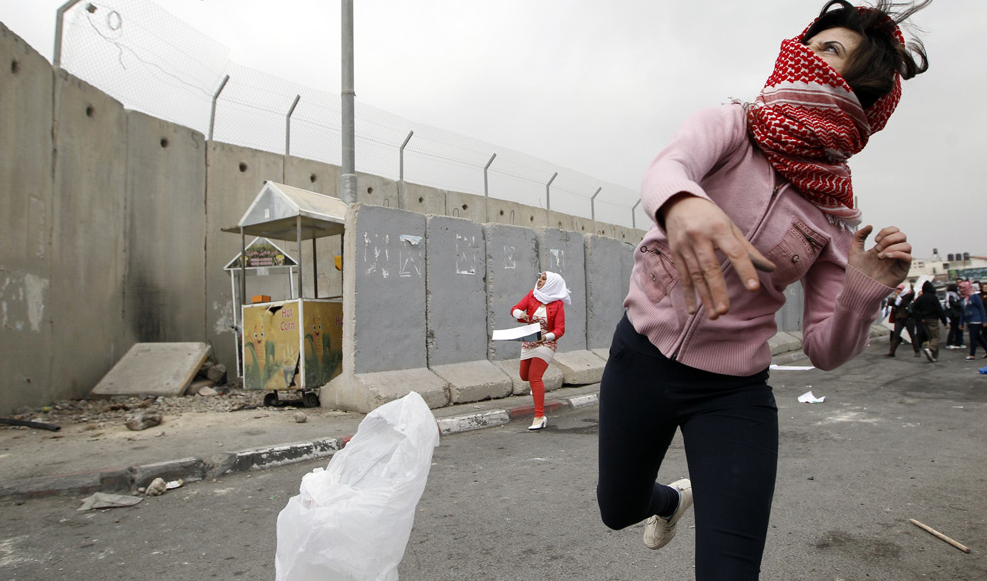Well, cows, of course. And cats and puppy dogs and little kids with ice cream cones. And did I mention cows?
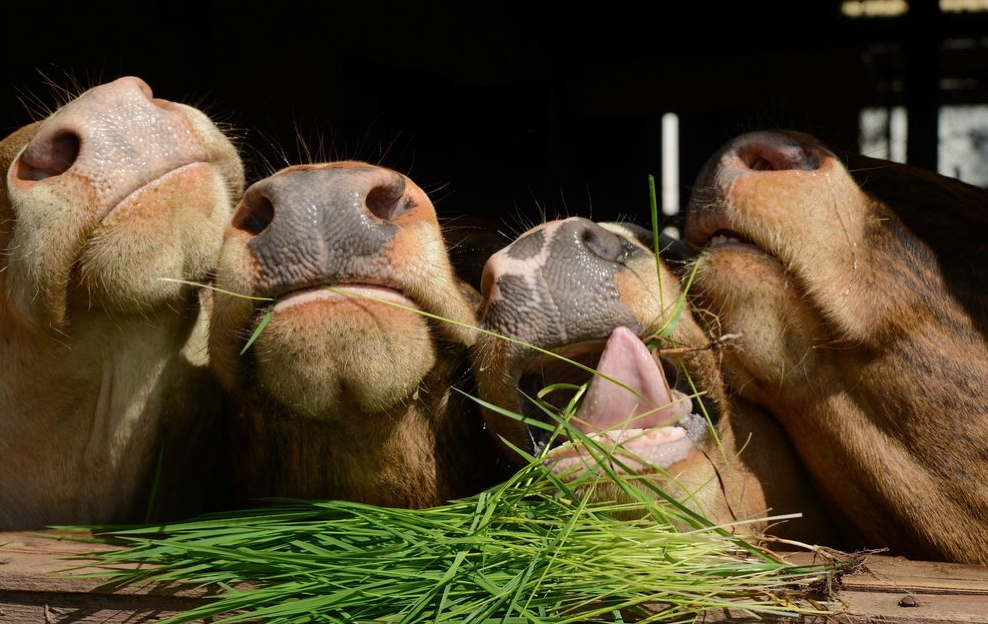
These beauties are crowding up to get a taste of that sweet, green grass, which smells soooo good. OK, the photo probably was posed; that grass may have just been there, but I wouldn’t bet on it. And is Cute really photography’s subject? The short answer is no, despite the millions of cutesie images in family albums, on company bulletin boards, on Facebook pages, and elsewhere around the home, office, and Web.
And this blog stays away from Cute (OK, not entirely, there are exceptions, they can be explained. . . . ), so what’s with posting up these cows from a farm near Kirkjubæjarklaustur in south Iceland? The not so short answer is that the image was selected because it’s a stretch from what I want to say about photography; if the argument can stick here, it will apply many other places as well.
So what’s the argument? First, some context. From its inception photography has been understood to be characteristically modern. The photograph was a technological innovation, unknown to all prior civilizations, and it was experienced initially amidst “vast changes in society and in culture” created by startling advances in science, technology, industrialization, and urbanization (Alan Trachtenberg, Classic Essays on Photography, ix). Nor has this representative aura diminished as modern life became saturated with images: successive developments from the hand-held camera to color photography to digitization have been symbols of progress and lightening rods for anxiety about change. Where early commentators lauded its likely value to the sciences while debating whether it would help or harm the arts, today the scope of its influence is summed up in the claim that Photography Changes Everything. In the supposedly innocent act of objectively recording the world, photography has changed the way people in modern societies see everything, and with that, it has changed how they think, feel, relate to one another, and otherwise share a common world, that is, a culture.
Such comprehensive change is what it means to become modern: the common world of photography is the world as it is observed and imagined within a modern society. That culture is, by definition, ambivalent in respect to questions of value, for modernization has always been experienced as both creative and destructive, marked by both gain and loss, producing winners and losers, as these are inevitable outcomes of continuous and often radical change. Famine disappears, but so does tradition. Prosperity increases, but so does loneliness. One can “see the world,” and watch jobs migrate to other countries. So it is that photography bears responsibility for another burden, the weight of modernity itself as it presses down on society. Both effect and cause of modernization, agency of both enlightenment and alienation, instrument of both civilizational progress and the deadening uniformity of a machine age, photography is in the curious position of being an inexpensive medium having very high stakes.
The quality of the discourse on photography probably turns on how it handles the medium’s relationship to modernity. One reason the critical discourse authored by Susan Sontag, Alan Sekula, John Berger, and others has become so important is that it took photography’s relationship with modernity very seriously. What was equally important, however, was that the emphasis was on the negative consequences. Whatever positive benefits had accrued were taken for granted, while the task of critique logically focused attention of what had gone wrong. And apparently a lot had gone wrong: As Sontag announced: “Needing to have reality confirmed and experience enhanced by photographs is an aesthetic consumerism to which everyone is now addicted. Industrial societies turn their citizens into image-junkies; it is the most irresistible form of mental pollution” (On Photography, p. 24.)
If that sounds a tad harsh, well, it is a tad harsh. The authors of this blog believe the time has come for a paradigm shift, that is, for a more sophisticated discourse on photography that can better account for the full range of photographic experiences and effects, as well as the complexity of the relationship between photography and modernity. It would take too long to do that in small steps, so let me set out a different proposition, one that doesn’t refute Sontag directly, but instead offers a different point of departure, different questions, and a different approach toward how those questions might be answered. (Needless to say, that’s what this blog has been trying to do for several years, but perhaps success is just around the corner.)
And so we get to the argument: What is most important about photography is not that it requires machine age and now computer age technologies, or that its products can be reproduced cheaply (and now ever more cheaply) and widely (and now ever more widely). Though shaped by these attributes, the single most important characteristic of photography is that its distinctive content is modernity itself.
Literature, painting, film and any other art are not locked in to the depiction of the present, and they are free to take up any topic or theme one might wish. They are produced in the present and will inevitably reflect the conditions of their time, but they have the freedom to go where they will. Their significance comes from being works of art, and only then from concerns about relevance. Photography, however, is nothing if it is not about something, and about something that is happening now or that influenced the present or should be faced in the present. Likewise, a literary or plastic art is defined primarily by its relationship to the history of that art. Photography’s history, by contrast, is a very weak force. Because the reality principle is primary, the aesthetic form has to cohere with that principle rather than bend the image too much along the lines of an artistic tradition. More conventionally, most arts are valued as their work can become “timeless,” a transcendent status reflecting their mastery of artistic technique to fully realize a mode of perception or express an essential truth about human nature. Photography is never timeless. Instead, it is defined by its relation to the conditions of its making and always caught in the dilemma of recording a continually disappearing present.
These formal considerations are the least of it, however. The relationship to modernity may be contingent, an accident of birth or development that bonded the medium to the self-awareness of its historical epoch. It now is set, however: photography is the archive of vernacular life, displayed to allow reflection on how everyone is being affected by the ongoing changes that define modern societies.
Photography thus is a representative practice of modern life to a greater extent than Sontag and other critics imagined. It not only carries all the defining features and troubling effects of modernization and democratization, but also casts all of modern life into a reflective space. Photography doesn’t merely record modern society, it provides a performative re-enactment of how that society gets through the day, how it is made up of multiple ways of seeing from a stolen glance to satellite images of cities aglow at night, and whether it is moving into a future of continued progress or impending catastrophe.
Thus, photography puts the world on parade, and let’s hear it for parades, but its most important function is to mirror modern society. Its subject matter is whatever is of enough interest to become framed by a viewfinder, but its content is the continuing and somewhat indirect discovery and questioning of what it means to be modern.
Which is why I decided to go with the cows. The photography may be Cute, or a sympathetic glimpse into a culture of animal husbandry, or an uncanny encounter with the idea that cows can be closer to pets than many people realize, or a direct contrast with the brutal feedlots of modern agribusiness, but it is something else as well. It is another small part of the ongoing chronicle of modernity. Of how modern civilization still includes living near large animals, and still has some space (albeit in Iceland) for them to be raised humanely, and yet clearly sees them as apart, more a part of nature to be managed for human use rather than participants within our social world, and (as alluded above) of how we know–but prefer not to think about–that most of them are used much more callously–and so forth and so on. One could say it’s not really about cows at all, but about how modern society is disposed to think about and treat cows, right down to using the Cute Pet hook to get an audience in the first place.
In addition, the photo could be another, very small example of how photography changes everything, that is, how it is part of modern technological, economic, and cultural processes that continually destroy or transform the traditional world and then do the same to modern societies as well. And an example of how those changes need not all be negative. For example, we might consider how by becoming photographed the cows acquire a provisional equality of some sort with the species taking the photograph. If so, perhaps a more advanced version of modernity, one of greater dignity for more species, is also suggested here, albeit as the exception during one of the great die-offs in natural history, a cataclysm caused by the unfettered expansion of modern civilization.
Like I said, the argument may come down to the cows after all.
Photograph by Erlendur Gudmundsson from the National Geographic Daily Dozen, March 11, 2014.
2 Comments
